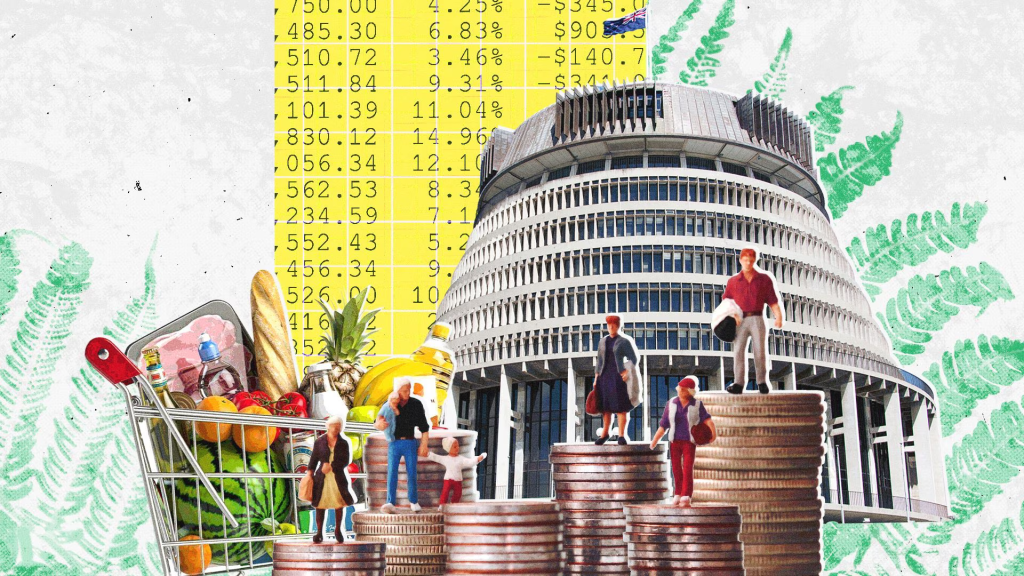In a move forecasted by economists, the Reserve Bank of New Zealand (RBNZ) keeps the Official Cash Rate (OCR) stationary at 5.5% in the final review before a pivotal national election. This decision marks the third instance of maintaining a stable OCR following an 18-month sequence of rate hikes, solidifying a cautious and deliberate approach amidst a period of economic and political variables.
Kelly Eckhold, Westpac’s chief economist, had hinted at the potential for surprise adjustments, acknowledging that a tightening to 5.75% is within the realm of possibilities but likely held a 10-20% chance of realisation. Such speculations indicate that a multi-faceted web of economic and societal factors, including concerns over mortgage rates and living costs for New Zealanders, has shaped the strategic decisions of RBNZ.
The commitment to steadying monetary policy, especially in the face of stronger-than-expected GDP growth in the June quarter, reflects an attempt to calibrate economic activity and manage inflationary pressures. The Monetary Policy Committee has emphasised the necessity of sustaining the OCR at a restrictive level to ensure the inflation returns within the 1 to 3% target range while fostering conditions for maximum sustainable employment. And, with homeowners grappling with rising mortgage rates and a general uplift in food prices and other essentials, the RBNZ’s approach seeks to balance the scales between economic stability and consumer pressure.
ASB economists provided an additional dimension, deferring their forecasted OCR cuts into next year. Adopting a “path of least regret” mentality, these economists advocate for an extended tightening of monetary conditions to prevent premature policy easing.
The RBNZ’s monetary policy implications draw into sharper focus with the upcoming election as a significant determinant. The decision to preserve the OCR seems to underscore an attempt to offer a semblance of economic stability and predictability amidst the tides of political uncertainty and change. How these strategic choices interplay with the unfolding political and economic chapters in New Zealand’s story, particularly in the context of potential post-election policy shifts, will undeniably be a focal point of discussions and analyses in the days to come.
In the entwining narratives of economic policy and political strategy, RBNZ’s steady-handed approach provides a fascinating glimpse into the balancing act of fostering stability amidst the variability of an economic and political climate. Observers, policy-makers and citizens alike will undoubtedly watch keenly as the threads of monetary policy and electoral outcomes weave together in the coming months.
The views in this article should not be considered as financial advice or endorsement of any financial product. Threefold shall not be responsible for any inaccuracies, omissions, or mistakes. The opinions are those of the author and may not represent the official stance of Threefold. We recommend seeking professional investment or financial guidance before taking any action.

